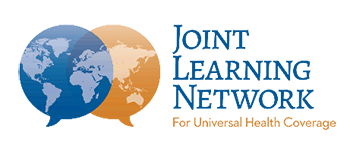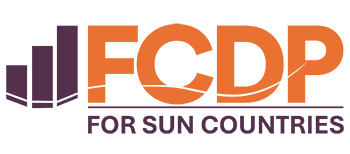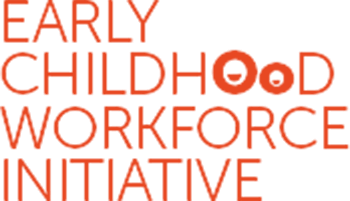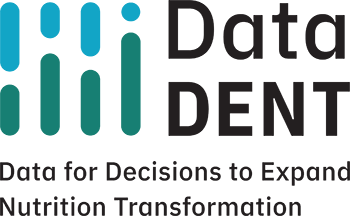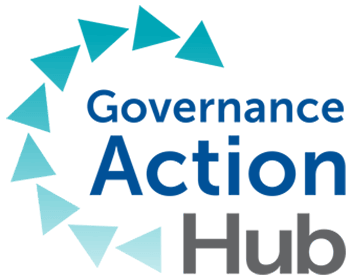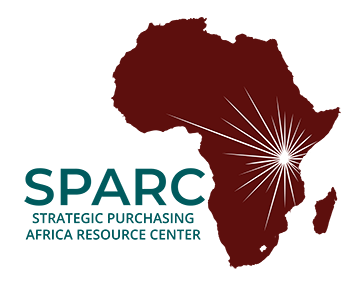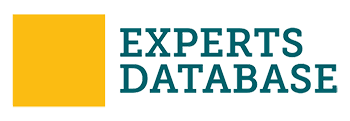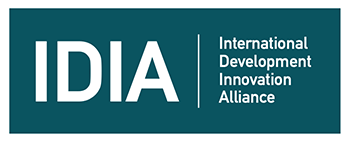How countries are overcoming bottlenecks to get resources to primary care providers: Experiences from members of the Joint Learning Network for Universal Health Coverage
The Results for Development-led Joint Learning Network for Universal Health Coverage (JLN)’s Foundational Reforms for Financing and Delivery of Primary Health Care (PHC) Collaborative brings together primary care practitioners from 14 countries from Africa, Asia and Latin America. Through this peer-to-peer, collaborative learning platform, members explore lessons and share practices to overcome common bottlenecks to the flow of resources to primary care providers.
The countries have a common goal to achieve universal health coverage (UHC) and agree that stronger, more effective PHC provides a critical backbone for UHC. The countries are also aligned with the consensus that to achieve more equitable PHC financing, public funding should be the predominant source of health resources. Adequate funding is a key lever of the World Health Organization’s operational framework for PHC, and of course, getting more resources to frontline providers is crucial for effective primary care service delivery.
Whatever the level of public funding allocated for PHC, the effective use of these revenues is often constrained by multiple bottlenecks, such as fragmentation in PHC funding, delays in disbursements and bureaucratic processes in the release of funds. Additional bottlenecks include funds not flowing from the subnational level and primary care providers not being recognized as accounting units to receive funds. Primary care providers may also lack organizational structures and sufficient management skills to directly manage the funds and account for them.
At the 2025 International Health Economics Association (IHEA) Congress, representatives from Ethiopia, Indonesia, Kenya and Philippines shared their experiences and evidence of the impact of ongoing reforms to address the bottlenecks to channeling PHC funds to primary care providers. In this blog post we provide a summary of the key insights from the session.
The Philippines: Ring fencing resources for PHC through a Special Health Fund
The Philippines legislated the UHC Act in 2019 to provide a framework to expand UHC through PhilHealth for personal/individual health services (private goods), and the Department of Health for population-based health services (public goods). In addition, the Philippines has a high level of devolution and local authorities having substantial responsibility over primary care facilities. The Mandanas ruling of 2018 increased the quantum of resources flowing to local government units to support service delivery including PHC. However, there was no guidance to local governments on how they should allocate resources to their devolved responsibilities resulting in different prioritization of health across different regions.
In 2021, the Department of Health provided guidelines for a “Special Health Fund” for implementation by the local government units. This special health fund designates a fund that provincial and city-wide health units should use to ring fence resources specifically for population-based and individual-based health services, including PHC.
The fund covers operating costs, capital investments, remuneration of additional health workers and incentives for all health workers. The sources of funds include appropriations, grants and subsidies from national government, income from PhilHealth, local government allocations, as well as other donations and grants from civil society or development partners. By ring fencing funds for health including PHC, the guidelines ensure local governments prioritize health and that adequate resources are allocated for health delivery.
Indonesia and Kenya: Enabling primary care providers to receive PHC funds directly
To overcome bottlenecks to resources flowing directly to providers and avoiding resources being “stuck” at the subnational level, Indonesia and Kenya implemented reforms to enhance provider autonomy, and enable primary care providers receive PHC funds directly.
In 2021, Indonesia increased the number of public primary health centers (referred to as Puskesmas) designated as Regional Public Service Agencies or Badan Layanan Umum Daerah (BLUD). This designation allows Puskesmas to retain revenue from the social health insurance scheme, Badan Penyelenggara Jaminan Sosial Kesehatan (BPJS-K), and allocations from the district. BLUD-Puskesmas can operate their own bank accounts, and facility managers are responsible for their planning, budgeting, procurement and financial management tasks.
Similarly, in 2023, Kenya passed the Facility Improvement Financing (FIF) Act, which allows public primary care providers to retain all revenue they generate and receive additional public funds. Previously, primary care providers’ revenue was consolidated at the county level before being reallocated for health service delivery. In some instances, revenue was allocated to non-health priorities, creating a disincentive for public providers to generate revenue and follow up on claims from the national health insurer.
In tandem, Kenya established a new purchaser — the Social Health Authority (SHA) — to facilitate the flow of the government-allocated PHC Fund to primary care providers. The SHA pays contracted providers directly for verified claims and under the FIF Act, public facilities retain 100% of their revenue in their facility bank account to fund operations and PHC activities.
In both Indonesia and Kenya, these reforms facilitate the flow of PHC funds and increase access to flexible funds for primary care providers that can be used to enhance service delivery.
Ethiopia: Provider payment reform for more equitable resource allocation
As part of the second-generation health financing reforms, Ethiopia has facilitated primary care providers to raise internally generated revenue through community-based health insurance (CBHI) reimbursements and user fees. This internally generated revenue is used for procurement of medicines and supplies, and to support operational expenses. At the initiation of the CBHI in 2011, Ethiopia used a fee-for-service model to spur delivery of health services. More than a decade later, however, the fee-for-service model has resulted in an escalation of costs and is no longer sustainable, thereby affecting the financial viability of CBHI schemes. In addition, fee-for-service has skewed resource allocation to more urban areas, where beneficiaries have better access to services.
To address this, Ethiopia is reforming provider payments and testing capitation — a population-based payment mechanism for CBHI schemes — and performance-based financing (PBF) to incentivize better quality care. Capitation will improve the equity of resource allocation as facilities receive payments based on the size of the catchment, and contain costs as a fixed amount is paid per beneficiary for a specific period. The plan is to blend the two payment mechanisms — capitation and performance-based financing — to mitigate the challenges associated with each payment mechanism.
Primary care providers are managed by the district or woreda and internally generated revenue is consolidated at the woreda level. To ensure the woreda planning and budgeting process includes local priorities, primary care providers participate in the process from an early stage to ensure they have a say in how primary care funds are allocated to meet their community needs through woreda-based planning. Further, under PBF, primary care facilities develop tailored business plans to identify their own priorities and design targeted solutions using PBF funds which is incorporated in the woreda planning and budgeting.
In each of these four countries, improvements in how resources flow to primary care providers continue, meaning more resources are reaching the PHC level, more community outreach can be facilitated and staff incentives and minor infrastructure improvements are enabled.
The changes are promising but the reform agenda is yet to be completed. For example, in Indonesia, 47% of Puskesmas are yet to be upgraded to the BLUD status, and in Kenya, about half of counties are yet to implement the FIF Act in full, which will allow facilities to retain 100% of revenue. In the Philippines, the special health fund is being tested in a few regions, and similarly in Ethiopia the capitation and performance-based financing is in a pilot phase, so these reforms are yet to be scaled up nationwide. Some of these reforms are already facing unintended consequences. In Kenya, the FIF Act is crowding out county allocations as county management perceives that facilities can raise sufficient funds and do not require further county allocations.
The concept of facilitating the flow of resources to providers and expanding their autonomy to use these funds is not new, and has its origins in the Bamako initiative in Africa when structural adjustment programs were introduced, and there was pressure for facilities to generate revenue through user fees. However, the financial hardship caused by user fees has been well documented. Countries are implementing more nuanced reforms to replace user fees by channeling public resources via the government budget or a pooling mechanism such as health insurance.
There are concerns of fragmenting public funds in multiple facility bank accounts and of primary care providers’ ability to use health resources well. Concerns are also raised about the political economy challenges of changing how funds flow in the system. However, initial evidence from countries that have tested facility autonomy has shown that these relatively small amounts of PHC funds transferred to primary care providers, have resulted in positive changes particularly in improving service inputs.
More needs to be done to continue packaging evidence on the improvements from these reforms – the positive lessons and setbacks – and to package learnings for others. Through the Collaborative, we aim to understand and describe these insights and disseminate as public goods. We look forward to continuing sharing country experiences that can benefit others embarking on their own reform agenda.


